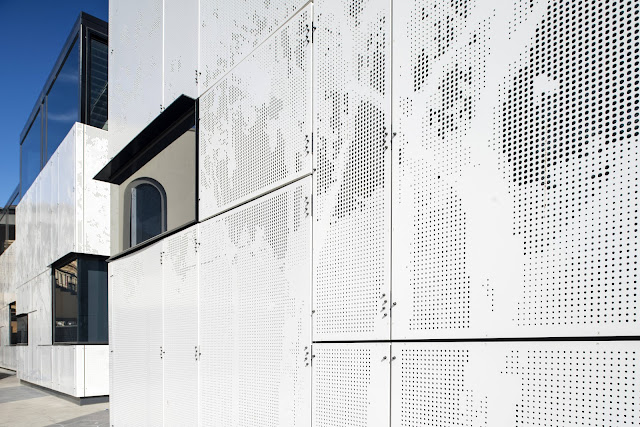The Use Of Zinc In Construction And Its Benefits
Zinc is a great, lightweight, bright metal used extensively in roofing and vertical cladding. It is likely used where zinc roof sheets have predominated. It is becoming more popular for stable municipal and business structures and houses as its environmental advantages become more apparent.
A Brief History Of Zinc
Despite its ancient knowledge, zinc was not mass-produced until the 12th century. Zinc is a highly sought-after metal. It is also a corrosion-resistant coating for galvanizing steel and iron and has several uses in health, medicine, agriculture, etc.
Mining and Commercial Use
Zinc is now widely used for roofing and cladding on buildings and other structures. Zinc alloys are also suitable for die-casting, a famous industrial method. Zinc alloy die-casting has many ornamental and practical uses.
Benefits of Zinc
Durable and Resistant To Corrosion
Rust development due to air moisture is a serious issue when working with iron or steel. Zinc eliminates this problem by preventing corrosion. Pure zinc develops a thin protective coating called Patina that shields it from natural elements like air and water. Zinc protects standing seam roofs from corrosion and increases their longevity.
Available and Practical
Zinc, like aluminum and iron, has five different isotopes or variations. Zinc is widely accessible, easy to use, and handle, making it a favorite among builders and architects worldwide.
Clean and Green
Zinc is also an eco-friendly metal. It is a 100% recyclable metal that may be reused. Zinc is a fungistat, which means it prevents the growth of mold, mildew, and fungus. This reduces the chance of moss or even black mold growing outside a structure where metal meets metal. Unlike other metals like copper, a fungicide, zinc rainfall runoff is pure. Fungicides may destroy plants as well as fungi. Unlike copper and other metals, zinc does not harm or hinder plant development.
Manufacturability
Zinc is a soft, flexible metal that may be easily shaped. This property enables zinc to be employed in a variety of architectural applications. However, zinc becomes brittle when exposed to temperatures below 50°F. Zinc formed at these low temperatures will readily burst. If the installer is unclear about the temperature, an infrared thermometer should ensure it is over 50 F.
Thermal Expansion and Contraction
It is critical for all standing seam roofs, whatever of material, to allow for unrestricted heat circulation. Zinc panels need more thermal movement than steel panels because they may expand twice as far. Every 30 feet of panel is exposed to a temperature difference of 160 F.
The panel will bend and billow if the clip or fasteners impede the panel's movement. This will exacerbate the oil canning effect seen in badly placed standing-seam panels. Restricting panel movement will also cause sealants that keep the system waterproof to break down. End laps on trim components should be 1/4 inch to allow thermal expansion.
ZINC FACTS
Zinc, while being a metal, is vital for people and plants. Zinc is found in human cells and is essential for the immune system, wound healing, digestion, and many other biological activities. It also enhances flavor and scent.
Zinc's half-life is so long that its radioactivity is negligible.
Zinc has been used since 1000 B.C.
With a 907°C boiling point and good electrical conductivity.
Zinc burns with a spectacular blue-green flash.
Zinc may emphasize or harmonize with other materials, making it ideal for facades.



Comments
Post a Comment